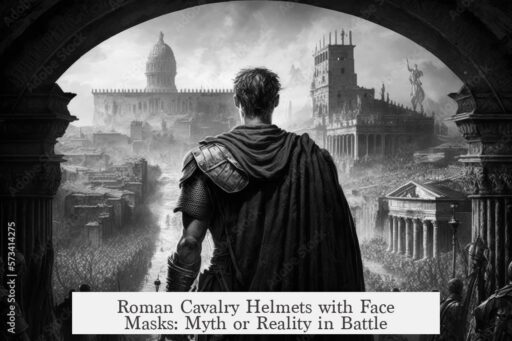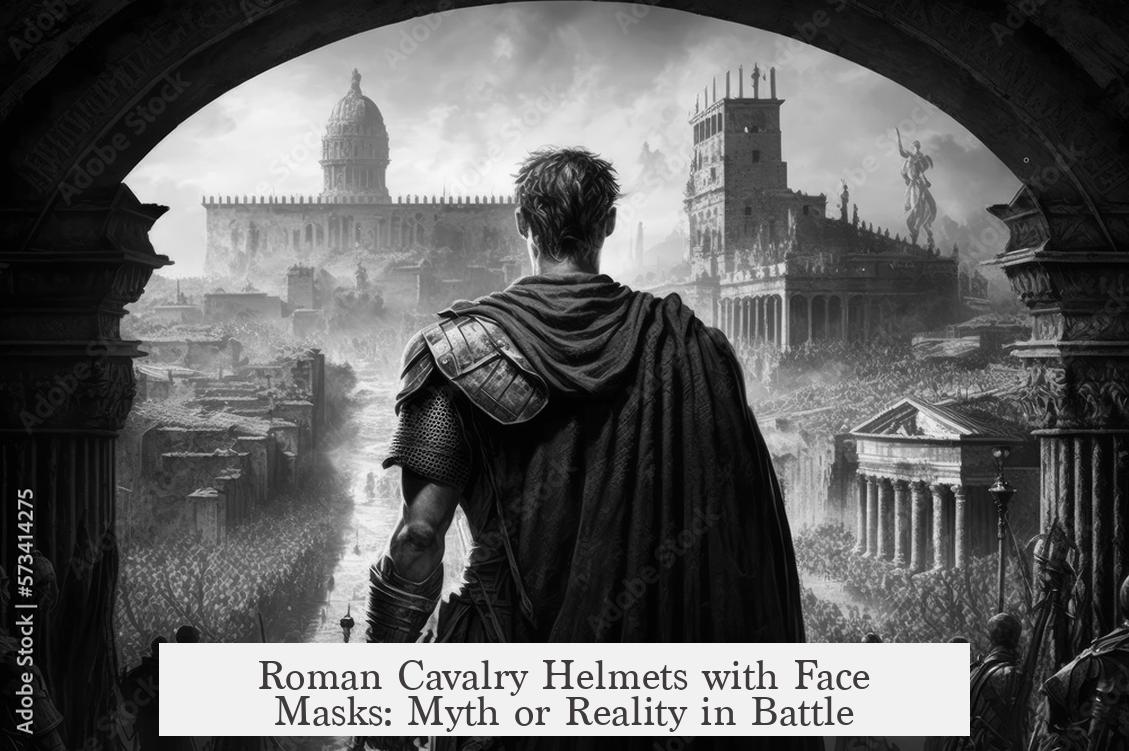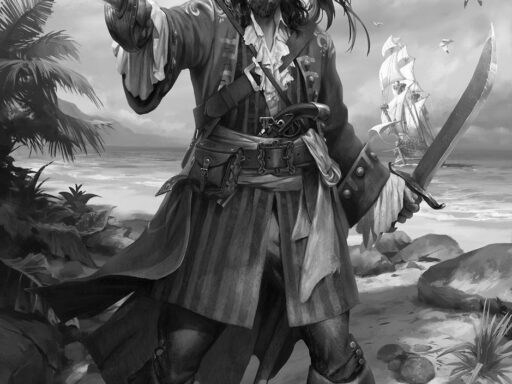Roman cavalry helmets with face masks were likely used in battle, though not universally. Initially, scholars considered these helmets purely ornamental, designed for parades due to their elaborate and impractical appearance. However, new archaeological finds challenge this view.
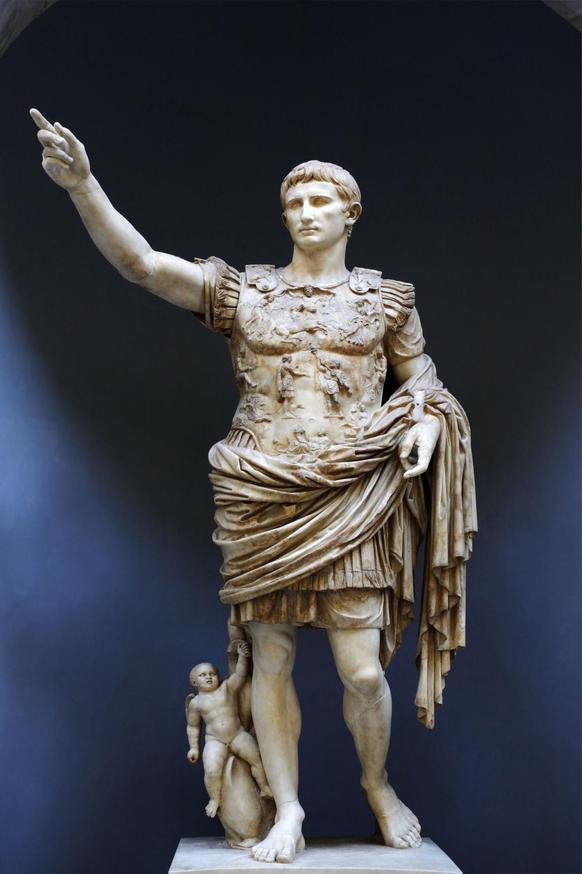
At the Teutoburger Wald battlefield, a masked helmet was discovered among combat debris. This suggests such helmets saw combat use. Additionally, a Roman tombstone from Germany depicts an infantry signifer—a standard bearer—wearing a similar helmet. These findings imply these helmets had real battlefield roles, especially for soldiers with symbolic duties.
The frequency of these helmets’ discovery supports this theory. Archaeologists have unearthed nearly as many facemask helmets as standard helmets. This challenges the parade-only theory, indicating that masked helmets were more common in battle contexts than previously thought.
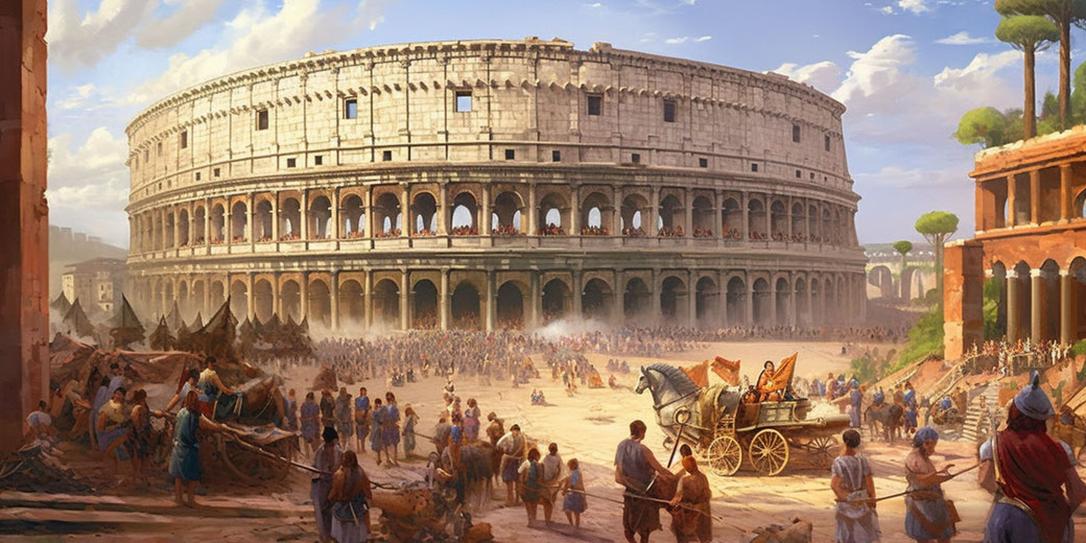
Standard bearers and soldiers with prestigious roles likely wore these helmets more often. Their job demanded visibility and symbolism, inspiring troops and intimidating foes. The helmets complemented animal hides and polished scale armor that these men typically wore. This enhanced their presence and battlefield effectiveness.
Such helmets served a psychological function. Ancient warfare valued spectacle. Ornate shields and polished, decorated armor influenced morale and perception. Helmets with face masks added to this display. The helmets provided extra protection and conveyed power. While impractical for all soldiers, they offered a tactical and symbolic advantage for some.
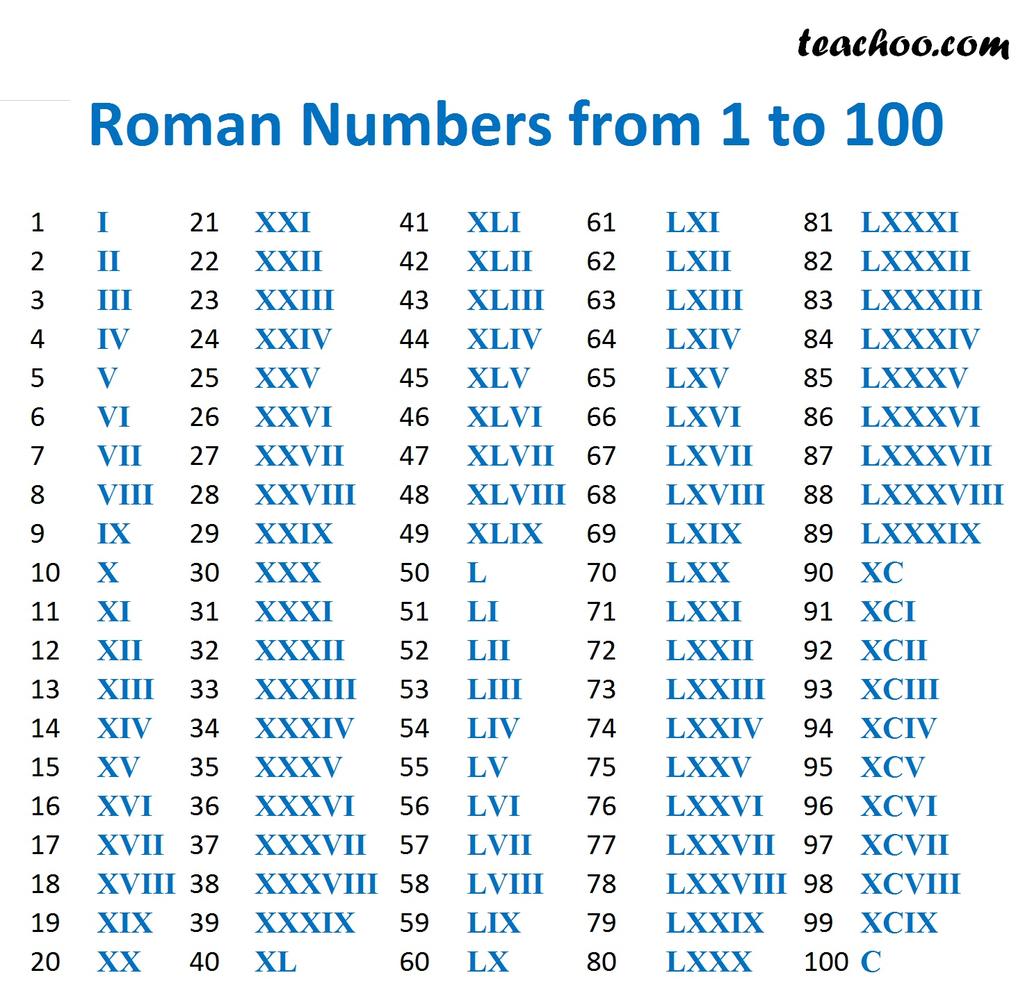
Despite growing evidence, historians remain cautious. Definitive proof that masked helmets were regular battle equipment is lacking. The present consensus leans toward usage in limited, special roles rather than general cavalry issue. The debate continues, balancing archaeological finds against practical considerations.
| Factor | Implication |
|---|---|
| Teutoburger Wald find | Helmet used in combat setting |
| Tombstone depiction | Standard bearer wearing masked helmet |
| Helmet frequency | Masked helmets as common as normal helmets |
| Symbolic role | Standard bearers used helmets for visibility |
| Psychological impact | Intimidation and inspiration on battlefield |
- Roman cavalry masked helmets were once seen as parade-only gear but now may be battle-used.
- Archaeological finds support actual combat use, especially by standard bearers and elite soldiers.
- Decorative helmets played a role in psychological warfare through display and intimidation.
- Historians remain uncertain but increasingly accept limited battle use of facemask helmets.
Were Roman Cavalry Helmets with Face Masks Actually Used in Battle?
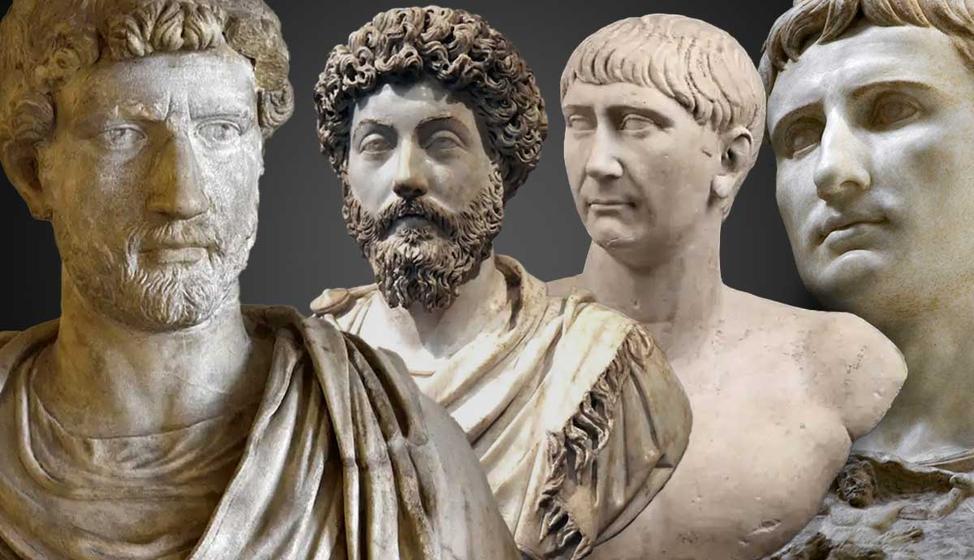
The short answer: yes, it’s quite possible Roman cavalry helmets with face masks were used in battle, although not by everyone and not all the time. For years, historians viewed these helmets as purely parade gear. They looked too fancy and cumbersome for real combat. But new archaeological finds and historical clues have flipped that idea on its head.
Let’s unpack the story behind these masked marvels.
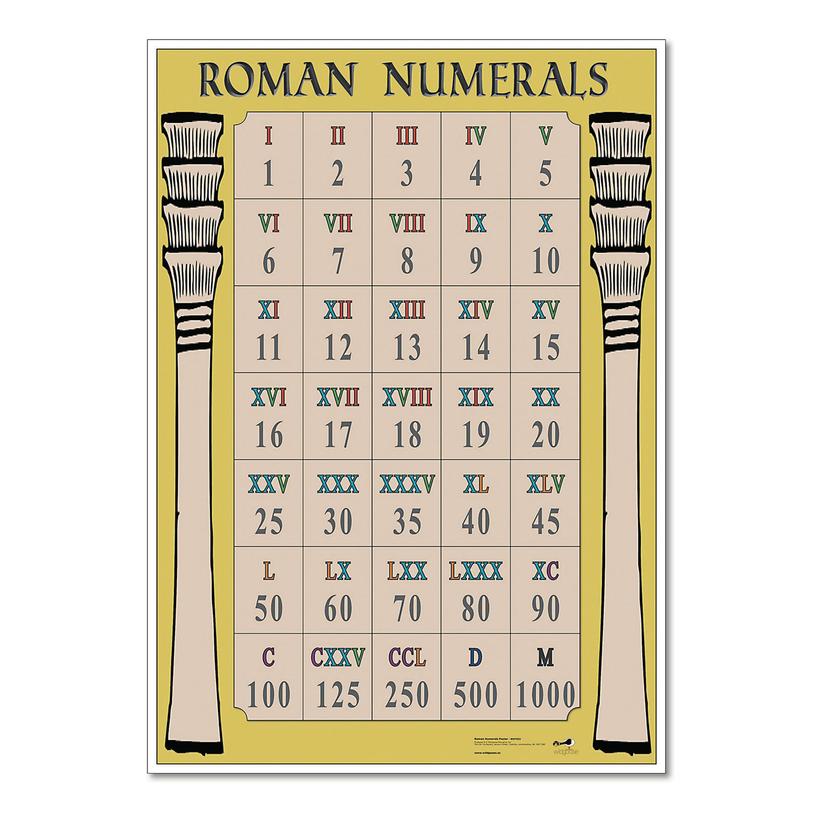
The Parade Helmet: Too Fancy to Fight?
Roman cavalry helmets with face masks have long been labeled “parade helmets.” Imagine a cavalry officer riding regally at a festival or a military review, shining in the sun, his face hidden behind a polished metal mask sculpted to resemble a stern human or animal face. They looked frankly extravagant. Many experts assumed these helmets prioritized style over function.

The thinking went: such helmets were bulky, might restrict vision, and could easily snap in a heated skirmish. So, surely they stayed in the parade ground—not the battlefield.
New Finds Shake Things Up
Then, the archaeological spotlight landed on the Teutoburger Wald battlefield, where Romans famously suffered a disastrous defeat in 9 AD. Among the debris was a helmet with a face mask, clearly used in combat. This find blew apart the parade-only theory.
More clues added fuel. A Roman tombstone in Germany depicts a signifer—a standard bearer—wearing a masked helmet. Standard bearers carried the legion’s flag and held symbolic, morale-boosting roles.
That makes sense; these men stood out on the bloody chaos of battle, rallying troops. Wearing an impressive, intimidating helmet fits perfectly with that role.
How Common Were These Helmets?
Here’s a kicker: archeologists have found almost as many masked helmets as regular helmets. This raises an eyebrow or two. If they were purely ornamental, why so many? Perhaps the helmets saw more real action on battlefields than previously thought.
Of course, “almost as many” doesn’t mean they were standard. But it does suggest a solid portion of cavalry or specialty troops equipped themselves this way. These helmets might not have been your everyday warrior’s gear but weren’t reserved only for fancy ceremonies either.
The Symbolism and Strategy Behind the Masks
Beyond protection, these masks carried potent psychological power. Ancient warfare wasn’t just about brute strength. It was also a game of morale and intimidation. Picture a cavalry charge where some soldiers wear gleaming masks, enhancing their presence and striking fear into enemies’ eyes.
Richly decorated shields, polished armor, and towering crests weren’t just vanity. They boosted spirits and spooked foes. The masks fit this pattern. Even if not every soldier wore one, their very presence on the field added a theatrical edge that could tip the mental balance.
Plus, the combination of added protection and psychological warfare makes choosing to wear these masks a savvy decision for certain units.
Why Standard Bearers? Why Not the Foot Soldier?
Standard bearers naturally made excellent candidates for these helmets. Their role was less about hacking and slashing and more about visibility and symbolism. Wearing an animalistic or heroic face mask melded perfectly with their other gear—like animal hides and polished scale armor—which together created an imposing battlefield persona.
The general infantryman? Probably less so. Practicality wins in the mud and melee. But for leaders or specialized cavalry units? Using these helmets might help command presence.
What’s the Final Word?
We’re still unsure. Historians have lost some of their old skepticism but haven’t reached a full consensus. The evidence leans towards masked helmets being more than parade props. They likely had a niche role in battle—a blend of practical use and psychological spectacle.
So next time you see a Roman helmet with a weird metal visage staring back, think twice before dismissing it as just for show. It may well have charged alongside legions, protecting not just the head but the battlefield’s spirit.
Curious to Dig Deeper? Here Are Some Questions to Ponder:
- Could the masks have offered actual enhanced protection, or were they mostly intimidation tools?
- Did the Romans adapt face mask helmets to specific enemies or battle types?
- What parallels exist in other ancient militaries using decorative yet functional helmets?
Exploring these questions adds layers to our understanding of ancient warfare’s blend of practicality, psychology, and spectacle. It reminds us the Roman military was a complex machine, far beyond simple swords and shields.
Recommendations for History Enthusiasts
Next time you visit museums with Roman helmet exhibits or documentaries on Roman military gear, keep an eye out for those face masks. Think beyond “just for parades.” Consider their battlefield potential and symbolic power. The story of Roman cavalry helmets with face masks is a fascinating window into how appearance, function, and mindset mixed in ancient war.
Summary Table: Masked vs Regular Helmets
| Helmet Type | Common Use | Protection Level | Psychological Impact | Visibility/Practicality |
|---|---|---|---|---|
| Masked Helmet | Parades & Some Battles | High (Face protection) | Very High (Intimidation + Inspiration) | Limited (Vision/Comfort trade-off) |
| Regular Helmet | Standard Battle Gear | Moderate (Focus on protection & visibility) | Standard | High (Better visibility & comfort) |
If you want to imagine the Roman battlefield, picture a storm of iron, dust, and thunder—but also shining faces hidden behind bronze masks, tools of war and spectacle. The mask was more than armor; it was a statement.
